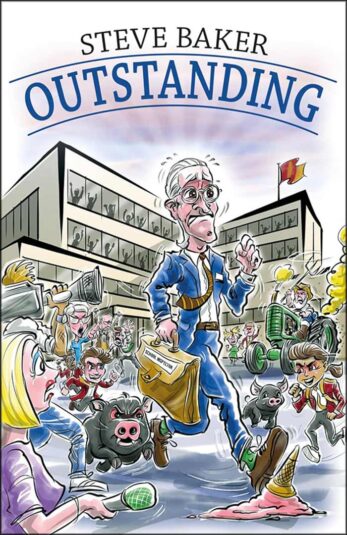Publisher
Bloomsbury Education
ISBN 10
1472992563
Published
2 Feb 2023
In recent months, the news regarding education’s recruitment and retention crisis has seen a growing awareness that it is just as applicable to teaching assistants as it is to teachers. Indeed, the effect of teaching assistants vacating the classroom only worsens workload issues for teachers and leaves swathes of vulnerable children without the support they need.
In the midst of strikes over pay and funding, the SEND and AP implementation plan has also generated heated debate. Least problematic among its recommendations is the need to develop a longer-term approach to deploying, supporting and upskilling teaching assistants.
Against this backdrop, Sara Alston’s Working Effectively with your Teaching Assistant couldn’t be more timely. Its very title expresses a realisation that teaching assistants do not work in isolation and that a collegial approach is required to delivering for all pupils. It’s refreshingly unpatronising about the role too, fully recognising its value, its specific skillset, and the importance of these professionals’ agency and leadership in the classroom and across the school.
From a purely financial point of view, with staffing costs the largest proportion of any school’s expenditures, making sure staff are working effectively together is a no-brainer. But working effectively with teaching assistants is much more than a financial imperative, as Sara Alston’s book makes clear. Classroom partnerships that work don’t just deliver for pupils; they also improve the wellbeing of teachers and teaching assistants alike. As such, investing in them is as much an investment in retention as it is in results.
Sara Alston has significant experience in working with TAs, and this book is a testament to that. The book is filled with relevant examples, good practice and reflective questions. These all help to guide the reader to consider a range of approaches to develop effective working relationships with support staff. I particularly liked that its examples draw on children with a range of needs, making the book relevant to different educational settings.
Alston punctuates all of her strategies with real-life practice
Working Effectively with your Teaching Assistant is a well-structured book which begins by setting the scene through an exploration of ten challenges that arise from the role. Each section then focuses on a specific area, such as reflecting on what you might want a TA to do within the classroom, children with SEND, interventions, how to provide feedback, and finishing on the topic of behaviour and communication.
For my part, I did wonder whether the book might have been better served by starting with behaviour and communication as it seems to me to underpin everything else. Granted, the book is structured in such a way that readers can dip in and re-read individual sections to remind themselves of good practice. But there is still something to be said for the importance of sequencing, and communication and behaviour really are a starting point from my perspective.
That aside, Alston helpfully punctuates all of her strategies with real-life practice, embedded within the relationships between teachers and teaching assistants but extending beyond them to children, families and the wider school community. They demonstrate how crucial these partnerships can be and offer proven techniques to ensure any school can reap their benefits.
Rooted in everyday challenges, it’s hard to imagine any primary practitioner who wouldn’t benefit from Alston’s solutions to secure better outcomes for children, schools and staff. In this regard, I am certain that this book would benefit veteran educators just as well as early-career teachers and be just as useful for teaching assistants themselves as for senior leaders responsible for deploying and developing staff.
Not only should this book be part of any primary school’s CPD library, it’s one that should be checked out regularly by staff at all levels. The core to any working relationship is effective reflection and communication and, as we finally come to realise the vital importance of teaching assistants, Alston’s work will prove invaluable to realising their full potential in our primary classrooms.













Your thoughts